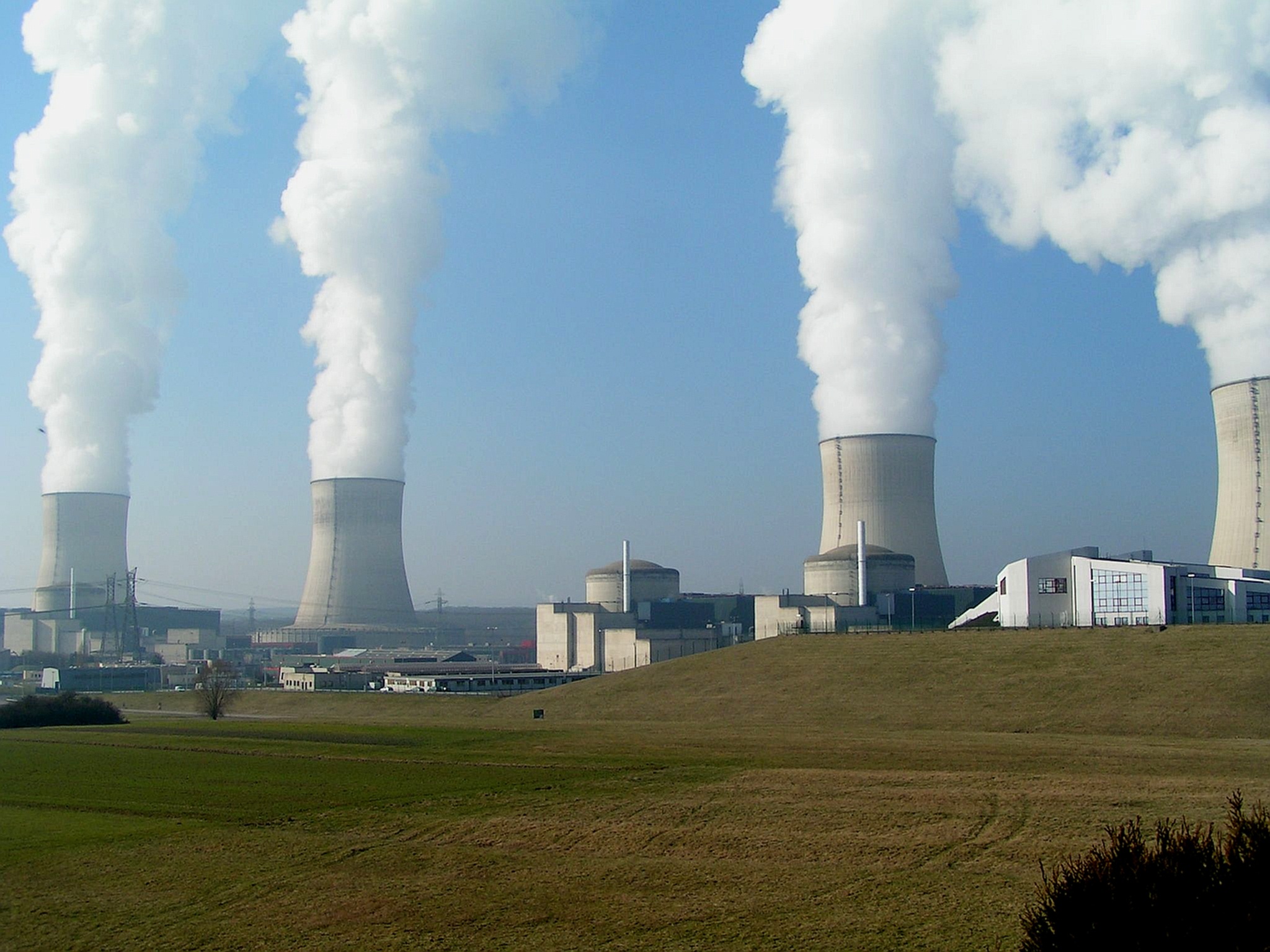Nuclear science and chemistry, although distinct disciplines, intertwine in intricate ways that merit exploration. At a glance, one might ask: how do the subatomic interactions that govern radioactive decay relate to the myriad reactions that characterize chemical processes? This inquiry unveils a layered relationship, revealing a continuum between nuclear phenomena and chemical behavior.
To dissect this query, one must first delineate the distinctions between nuclear science and chemistry. Nuclear science focuses predominantly on the properties and behavior of atomic nuclei, encompassing phenomena such as radioactivity, fission, and fusion. Conversely, chemistry predominantly concerns itself with the interactions between atoms and molecules, emphasizing electron configurations, bond formation, and chemical reactions. However, at their core, both fields are fully committed to understanding elements and their transformations, which allows for significant cross-pollination of ideas.
One of the most compelling intersections between these fields is found in the realm of radioisotopes. Radioactive isotopes are atoms with unstable nuclei that release energy in the form of radiation. This phenomenon is significant not only within the confines of nuclear physics but also within various branches of chemistry. For instance, radioactive isotopes such as Carbon-14 are extensively utilized in radiocarbon dating to ascertain the age of archaeological artifacts. The principles of decay and half-life, cornerstone concepts of nuclear science, are employed to quantify how much Carbon-14 remains in a given sample, thus providing insights into historical timelines.
Moreover, the application of radioisotopes extends into the medical field, where their use is a vivid reminder of the intersection of nuclear science and chemistry. One such application can be seen in positron emission tomography (PET) scans, which utilize isotopes like Fluorine-18. These isotopes undergo beta decay, emitting positrons that collide with electrons, resulting in gamma rays that are then detected to create detailed images of bodily functions. Here, the chemical interactions of radioisotopes with biological systems reflect the profound implications of their nuclear characteristics.
Furthermore, the synthesis of elements through nuclear reactions presents an invigorating topic rife with chemical implications. The process of stellar nucleosynthesis, which occurs in the cores of stars, illustrates how elements are formed through nuclear fusion. During this process, lighter elements such as hydrogen combine under extreme temperatures and pressures to form heavier elements, ultimately leading to the creation of elements that are foundational to chemical processes on Earth. This atomic transmutation exhibits the stark reality that nuclear chemistry underpins the very composition of the matter that constitutes the chemical universe.
Transitioning from the foundational elements, one finds that quantum chemistry—the study of how quantum mechanics informs chemical behavior—also draws heavily from nuclear science. The Schrödinger equation, a pivotal element in quantum mechanics, is utilized to determine the behavior of electrons in relation to the nucleus of atoms. Consequently, insights into electron configurations and bonding can be derived from an understanding of nuclear forces at play within atomic structures. Analyzing the influence of nuclear charge on electron behavior illustrates how chemical properties such as electronegativity and ionization energy are inherently linked to nuclear characteristics.
Another fascinating dimension of this interplay is found in the study of chemical reactions involving transition metals. The electronic configurations of these elements often involve f-orbitals and d-orbitals that are influenced by their nuclear structure. The magnetic properties and oxidation states of transition metals are the result of complex nuclear interactions that define their chemical reactivity. Understanding these relationships allows chemists to manipulate these metals for use in catalysts, electronic devices, and various materials, showcasing yet another manifestation of how nuclear science underpins chemical innovation.
In addition to practical applications, theoretical frameworks within chemistry benefit significantly from nuclear science concepts. For instance, the concept of isotopes extends beyond radioisotopes into stable isotopes, allowing chemists to utilize isotopic labeling in tracing chemical pathways in metabolic studies. This technique relies on the fundamental understanding of nuclear properties to elucidate intricate metabolic processes and chemical dynamics. By tracking the behavior of isotopically-enriched compounds, researchers can discern pathways that are otherwise invisible, demonstrating the critical synergy between the two disciplines.
Interestingly, challenges persist in bridging these disciplines. For instance, while advancements in nuclear science continue to unravel the mechanisms underpinning nuclear reactions, a comprehensive understanding of how these reactions may inform new chemical principles is still emerging. This shortcoming poses a playful question to researchers: how can nuclear phenomena be systematically integrated into pedagogical frameworks to enhance the education of budding chemists and physicists alike? Addressing this challenge may well pave the way for a more holistic understanding of matter at both the atomic and subatomic levels.
In conclusion, the relationship between nuclear science and chemistry is a compelling tapestry woven from the threads of atomic interactions, radioactivity, and the intricacies of molecular behavior. By embracing the perspectives provided by both disciplines, one finds that the boundaries between chemistry and nuclear science dissolve, revealing a unified vision of the molecular and subatomic world. This discourse ultimately illuminates a path for future exploration and innovation, encouraging interdisciplinary collaboration that can redefine our understanding of the natural world.












